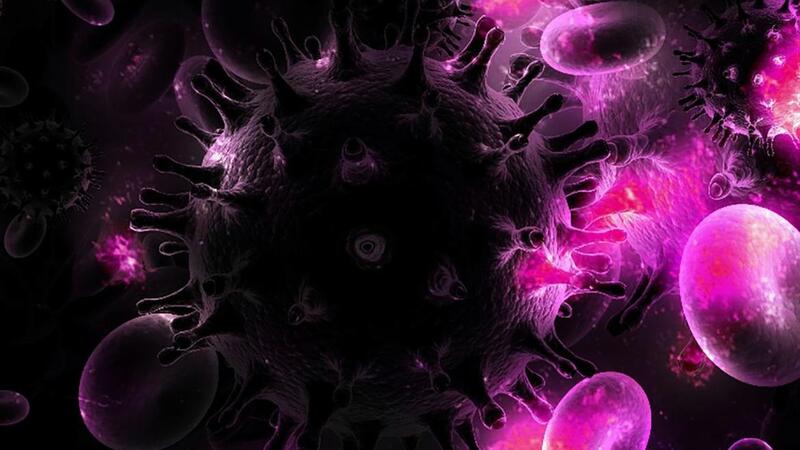Spanish researchers discover new treatment options for HIV infection

The Institute of Biomedicine of Seville (IBiS), a joint center of the Supreme Council of Scientific Research (CSIC), the Government of Andalusia and the University of Seville, carried out a study that opens up new possibilities for the treatment of human immunodeficiency virus infection. (HIV) in collaboration with the Ragon Institute of the Massachusetts General Hospital, the Massachusetts Institute of Technology and Harvard (Boston, USA).
In this sense, An exclusive group of people with HIV whose bodies are able to control the virus was studied., that is, its presence in the blood is not detected. This occurs without the need for antiretroviral therapy (ART). The CSIC said in a statement that the new findings suggest that some of the persistent factors of HIV can be treated because full viruses have not been found, or if they are found, they are at very low levels and are unable to replicate.
The so-called elite HIV controllers (ECs) can be divided into two subgroups.: those who reach a point where they lose control of their viral load, and those who, conversely, maintain control indefinitely.
Through ultra-sensitive virus characterization techniques that examine the viral reservoir, or the location where HIV remains hidden in a cell’s genome, the research team found that those who lose control, despite having small numbers of whole or complete viruses, integrate them. in areas of the cellular genome accessible to cellular machinery. “This could lead to the formation of new viruses that can be detected in the blood,” said Ezequiel Ruiz-Mateos, the principal investigator of this study and a researcher in the IBiS Immunovirology Group.
However, significantly lower levels of complete viruses were found in those who maintained control of the virus indefinitely. Most of these subjects, 70%, had no full-fledged viruses detected in the cells analyzed, meaning they did not have a virus with infectious ability.. “We saw that these persistent controllers contained full-fledged viruses integrated into regions of the cell genome called gene deserts, regions of deep latency in which these viruses could never produce new infectious viruses,” explained Carmen Gasca-Capote, also a researcher at the Group. IBIS immunovirologist and first author of the study.
“This study opens the door to a more detailed study of the mechanisms responsible for driving the virus to this dead end. The goal is to find targets for the development of immunotherapies to ensure that the vast majority of people with HIV manage to control the virus as persistent controllers do, and therefore achieve a cure for the infection.“Ruiz-Mateos indicated.
The work, published in The Journal of Clinical Investigation, is funded by the Ministry of Science, Innovation and Universities through the Carlos III Institute of Health (ISCIII), which contributed more than 200,000 euros, and the biotechnology company Gilead with 35,000 euros.